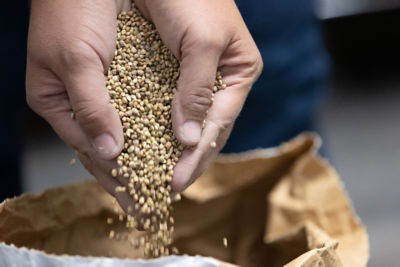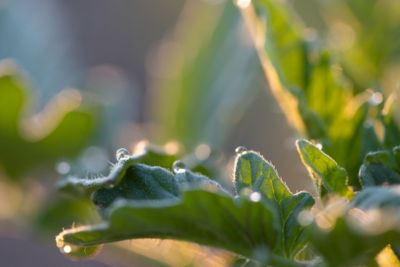Causal Agent
Botrytis cinerea
Distribution
Worldwide
Symptoms
This fungus typically causes damping-off or tip dieback in young seedlings. However, it can infect through wounds in all above-ground parts of mature plants. On stems, initial infection appears as elliptical, watersoaked lesions that later expand, and can girdle and kill the plant. Leaf infections usually begin at points of injury and develop into V-shaped lesions. Under high humidity, stem and leaf lesions can be covered by sporulating gray mycelia. Fruit infection begins as water-soaked spots that increase rapidly in size to form gray-brown sporulating lesions.
 Girdling of stem and sporulation.
Girdling of stem and sporulation.
Conditions for Development
This fungus has a wide host range. It is an efficient saprophyte and can survive as sclerotia in soil and infected plant debris for long periods. Botrytis cinerea is considered a weak parasite and typically infects plant tissues through wounds. Overcast, cool, humid weather is required for disease development. Under these conditions, gray masses of fungal spores are produced and are readily wind-disseminated. Close spacing and poor ventilation in greenhouses can lead to severe gray mold problems.
Control
This fungus has a wide host range. It is an efficient saprophyte and can survive as sclerotia in soil and infected plant debris for long periods. Botrytis cinerea is considered a weak parasite and typically infects plant tissues through wounds. Overcast, cool, humid weather is required for disease development. Under these conditions, gray masses of fungal spores are produced and are readily wind-disseminated. Close spacing and poor ventilation in greenhouses can lead to severe gray mold problems.




